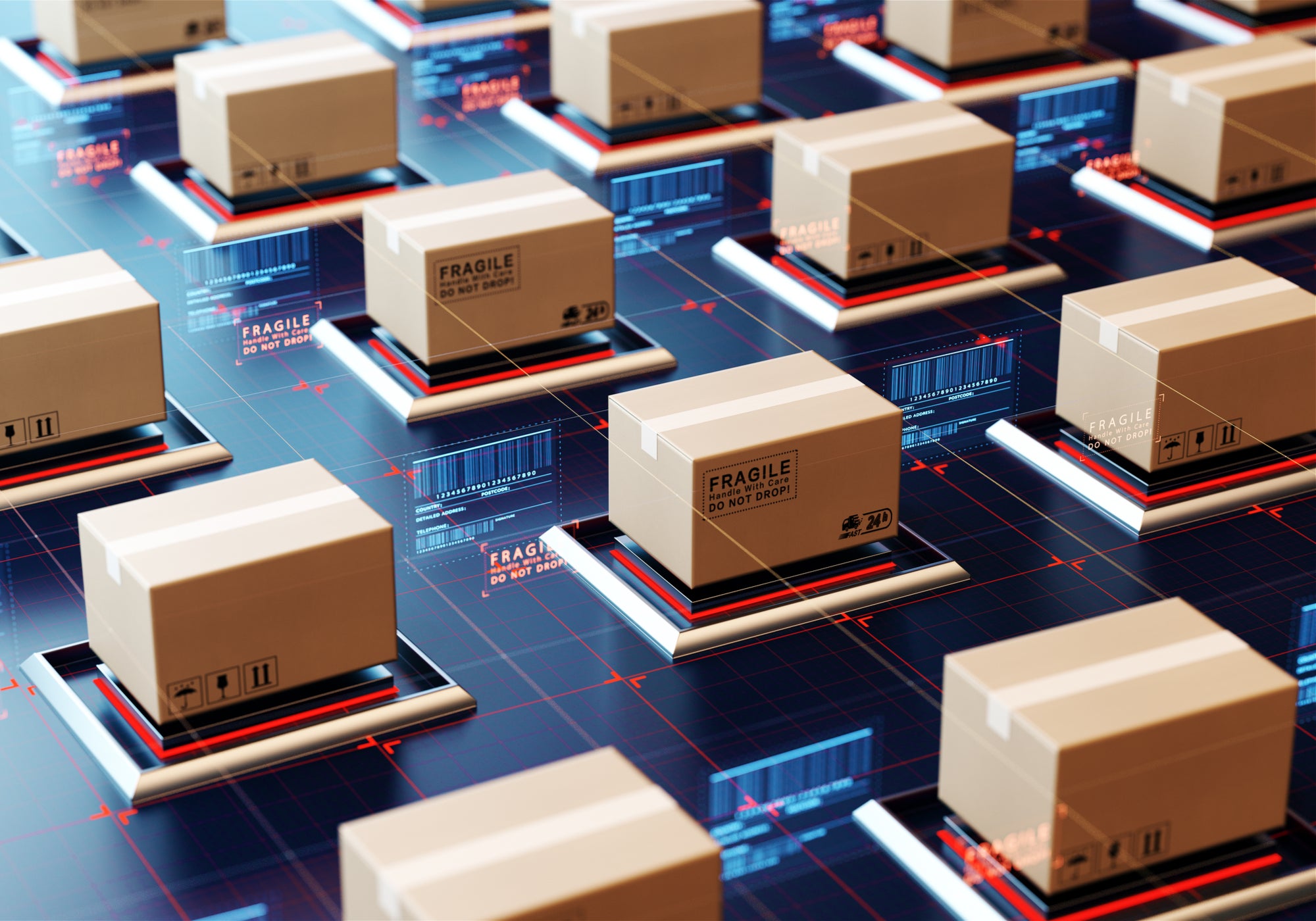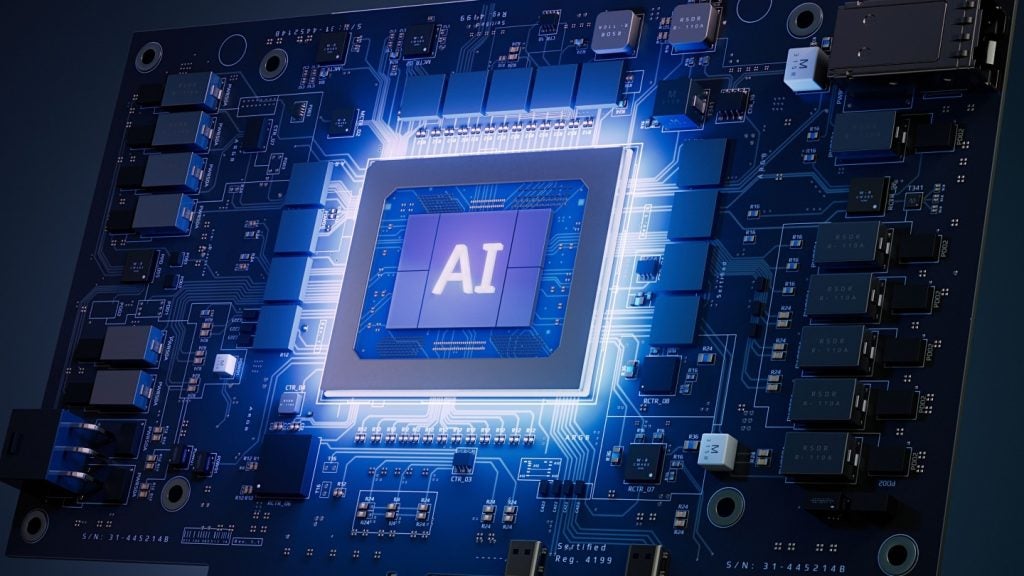
The ever-evolving, rapidly innovative landscape of the delivery industry has resulted in an arms race between companies to provide the fastest service, best partners and highest-quality customer experience.
One of the results of this intensifying conflict among the big players has been a focus on new types of transportation that can cut delivery times. However, while there’s certainly been a buzz around the possible use of drones and driverless cars, it’s worth bearing in mind that these technologies are still being tested and developed, and come attached with an asterisk for significant financial investment.
In an industry where margins are thin these technologies represent a very real risk. So, to fulfil an ever-growing list of orders and yet continue to cut waiting times, companies in the e-commerce space have turned to dark deliveries.
Dark deliveries, or ‘dark stores’ as they’re more commonly known, refer to purpose-built stores that resemble a conventional supermarket but are closed to the public. The concept — which began with chain restaurants struggling to cope with increased demand — has been adopted by supermarkets and convenience stores to relieve the pressure when online order volumes overwhelm their existing stores.
We’re taking a deep dive into how these micro-fulfilment centres have evolved and dark deliveries are starting to shape the on-demand delivery industry, driven heavily by technology and innovation.
Origins of dark delivery
As the adoption of online shopping increases year-on-year and consumers are growing to expect more from what they can access, businesses in the delivery space have come under increasing pressure to make more products readily available, while reducing the delivery time.
How well do you really know your competitors?
Access the most comprehensive Company Profiles on the market, powered by GlobalData. Save hours of research. Gain competitive edge.

Thank you!
Your download email will arrive shortly
Not ready to buy yet? Download a free sample
We are confident about the unique quality of our Company Profiles. However, we want you to make the most beneficial decision for your business, so we offer a free sample that you can download by submitting the below form
By GlobalDataThe concept of dark delivery originated twenty years ago in Lille, when French retailer Auchan launched its first dark store. The idea here being to fulfil bulk grocery orders. Other supermarkets began to follow suit across the country with the likes of Carrefour Drive, Casino Express and Le Drive Intermarche. While these dark stores started popping up across Europe, they were not fulfilling the ‘on-demand’ status. They were created to cope with the overwhelming amount of weekly bulk grocery orders, rather than how customers use on-demand delivery services now for the quick purchase of one-off items.
The need for speed has been a more recent customer demand. For example, in the UK, Waitrose opened its first dark supermarket in 2014 with the sole purpose of dealing with online orders. The handset used by each employee to pick up orders is synced with the map of the store to ensure the collection process is being carried out in the most efficient way, thereby streamlining the process and speeding up delivery times.
The need for dark kitchens
The capabilities of restaurant delivery has matured thanks to technology, with innovations allowing the larger-scale delivery players to offer customers their favourite restaurant meals, delivered to the sofa. But this came at a price, as restaurants became overwhelmed with the influx of takeaway orders, causing long wait times for both in-house and delivery customers. But luckily there was a solution – dark kitchens. These huge warehouse spaces are rented out by large chains to create kitchens with no customers, so the chefs can focus solely on getting mass orders completed purely for takeaway.
Using Deliveroo as an example, it opened five dark kitchens in London in 2017 with the plan to open thirty more by the end of the year. These spaces often contain numerous ‘kitchens’, meaning that couriers can pick-up multiple orders from a variety of theoretical restaurants and still only have to make one trip. The technology in the kitchens is so quick and in sync that the chefs know instantly how to manage mass incoming orders from all brands operating under the same roof.
It’s fairly common practice for delivery players to not charge rent to the restaurants operating out of dark kitchens but instead, take a commission per order. This is cost-effective as restaurants can expand their customer base with minimal financial impact. The benefits of dark delivery don’t just lie with consumers. Delivery drivers have the advantage of getting more jobs done in less time. Given most couriers are paid per job, this can have a massive impact on their wage.
Changing the delivery space
As the delivery sector continues to expand, there is a need for new transportation to keep up with demand, be sustainable and stay speedy. However, it must not be underestimated how much time and investment this takes for engineers to get it right. Better than right — the best.
New vehicles raise legal issues for the road, as well as what is safe for store owners and consumers to interact with. I’m referring in particular to driverless cars and drones here, which are both still some way off being a norm for transportation.
Last October, Uber Elevate released the design for the new drone delivery service and plans for it to be commercially launched in 2023. The drone can carry a meal for two and travel twelve miles. While these types of innovations have made good headway for the future of drone delivery, there has been a heavy investment with little return yet.
While delivery companies develop drone technology, they are still using and relying on dark sores and kitchens to make their services more efficient. This demonstrates the continued importance of dark stores and kitchens, offering businesses an efficient and effective solution while new technology is developed and trialled. As the pressure on companies mounts to reach ever-higher delivery standards, dark innovations are a strong strategic option to help businesses alleviate demand.
Future of on-demand delivery
As we enter a new decade, it’s no surprise that we’re starting to rely on the idea of having anything delivered to our door in minutes. It’s becoming the norm in cities across the world. This means it is more crucial than ever for delivery players to meet these customer demands, while ensuring delivery times are kept to an all-time low. Speed is not the only focus for us in the future of on-demand delivery though — the variety of products readily available also need to increase.
While groceries and takeaways have been at the forefront of courier services for consumers, the next step is to develop the technology into every sector, until literally any item is available in minutes with the click of a button.
Read more: Delivery drones won’t be a reality “anytime soon”: Ocado CTO






